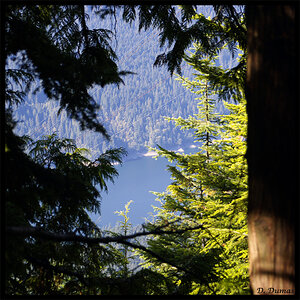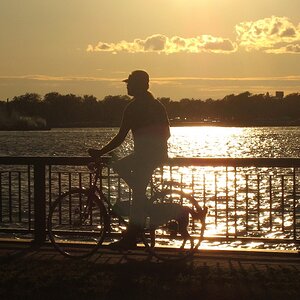slat
Been spending a lot of time on here!
- Joined
- Oct 1, 2016
- Messages
- 3,452
- Reaction score
- 1,043
- Location
- Missouri
- Can others edit my Photos
- Photos OK to edit
If you have a 45MP camera that's full frame and a crop camera that's 32MP which would give the better image if you cropped the full frame to the equivalent of the crop camera image?
I'm using for examples Canon R5 and Canon R7.
I'm using for examples Canon R5 and Canon R7.


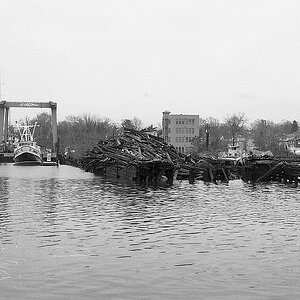
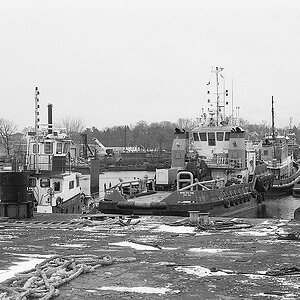
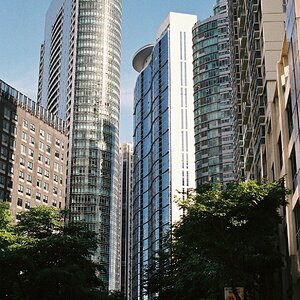
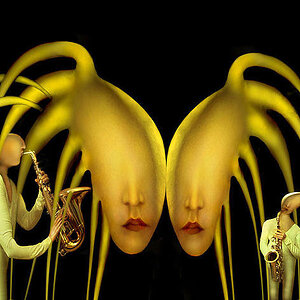
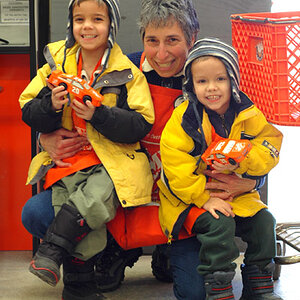
![[No title]](/data/xfmg/thumbnail/34/34590-9c0083ea54c78aad5db3d5884ae8b6c9.jpg?1619736564)

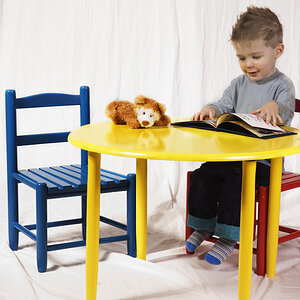
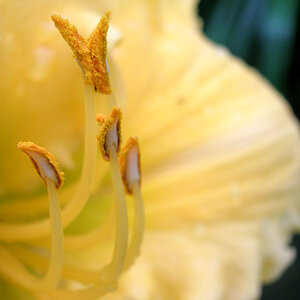
![[No title]](/data/xfmg/thumbnail/34/34591-00eecceb873550182f83f33a45a9460c.jpg?1619736565)
